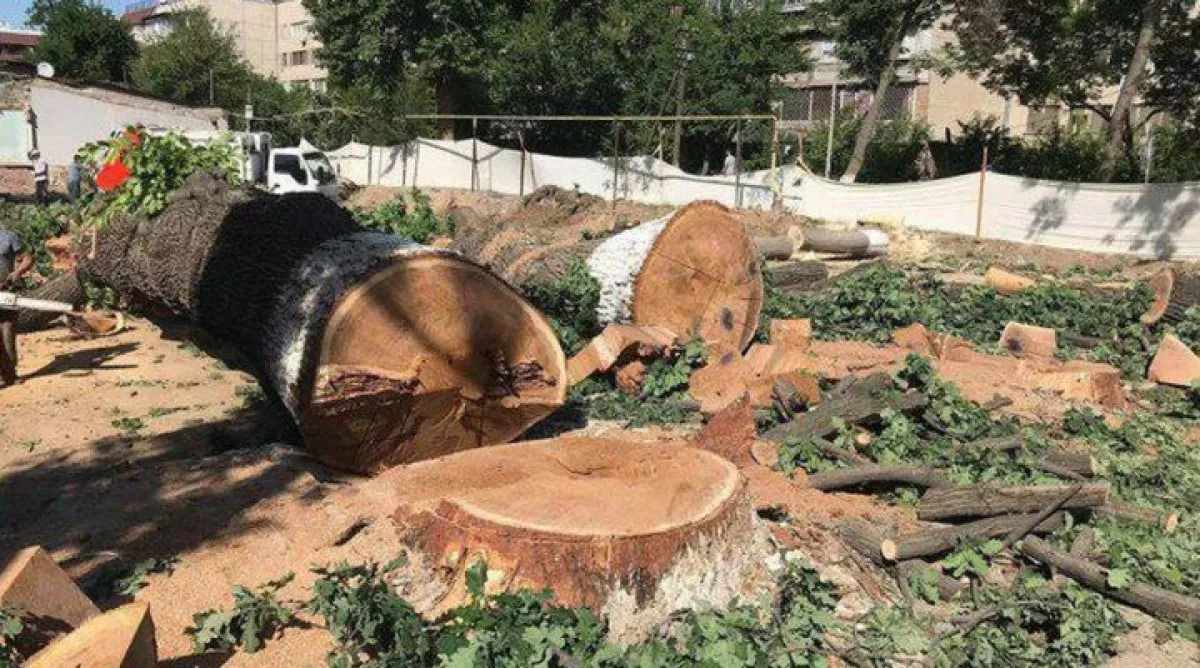
In the Dehqonobod district of the Kashkadarya region, cases of illegal logging and damage to rare and protected trees have been identified. This was reported by Upl.uz.
According to preliminary assessments by the regional ecology department, the damage to nature exceeds 122 million soums. After reports of the logging of valuable tree species appeared on social media, environmental control inspectors arrived at the scene and recorded the complete destruction of 17 trees.
Among the destroyed trees are important species such as "Zarafshon juniper" and "Uchkad." Additionally, another 14 "Zarafshon juniper" trees have been severely damaged, putting their lives at risk.
The Kashkadarya regional ecology department has submitted all materials regarding this case to the Dehqonobod district prosecutor's office. Currently, law enforcement agencies are conducting investigative actions to identify the participants in the crime and the details of the incident.
At the end of the investigation, legal measures will be taken against the actions of the perpetrators. This incident serves as a reminder that despite the ongoing moratorium on the logging of valuable trees and shrubs that has been in effect since the end of 2021, problems in the field of ecology continue.
Recently, entrepreneur Murad Nazarov proposed to lift the moratorium and introduce compensation mechanisms. However, the Ministry of Ecology has maintained its position, emphasizing that a complete ban on tree cutting is crucial for the country, especially for Uzbekistan, which is facing the negative consequences of global climate change.
At the same time, administrative responsibility for such violations is being intensified. Starting from August 1, 2025, fines for illegal logging and other ecological violations have been increased.
This demonstrates the authorities' determination to preserve green areas. The Zarafshon juniper (Juniperus seravschanica) is a very slow-growing tree that can survive up to 3000 meters in harsh mountainous conditions.
Some trees live for over a thousand years and are considered living natural monuments.

